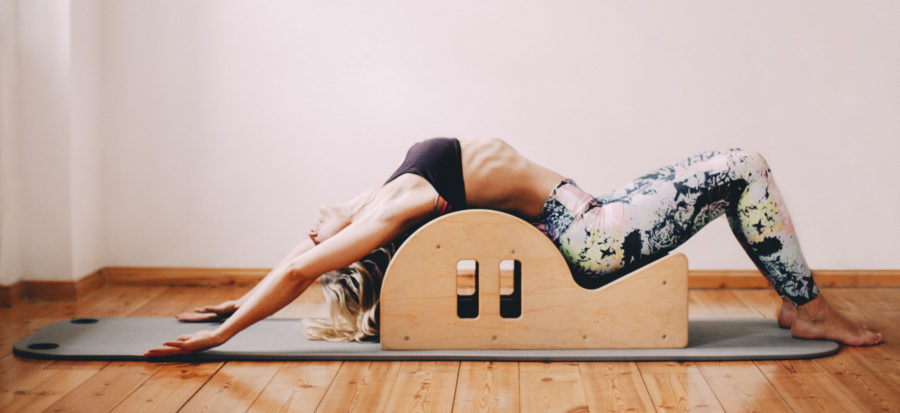Before a massage session begins, I take time for a detailed talk with the client to find out where the exact causes of problems are. This is called the first anamnesis. After that, I look at the client’s body and carry out a complete posture check (orthopedic test) to see to what extent movement is restricted and where the problem or problems are coming from. To remove the symptoms created and also achieve a long-lasting improvement, I recommend 5 sessions at the beginning. After that, a combination of Pilates and massage can be arranged and adapted to fit the individual needs of the client.

+ What does RMT stand for?
It stands for Remedial Massage Therapy, which is a holistic sports therapy and is not only suitable for sportsmen and -women. The method not only treats symptoms, but also the causes.
+ When does this massage help?
For example, when muscles, tendons or ligaments are damaged, impaired or immobile, RMT can provide effective help. The massage has many beneficial effects on the body and its various systems. It stimulates the cardiovascular system making more blood flow to the tissue. The lymphatic system is stimulated and this can relieve pain and inflammation in the body, for example. The treatment has a direct influence on the muscular system and achieves deep relaxation in the muscles, thus reducing muscle hardening and helping tissue regeneration. It helps reduce stress and combat tiredness. This form of massage also helps against backache, as it increases the range of movement (ROM) of the joints. RMT is a good way of supporting orthopedic treatments, physiotherapy, osteopathy and chiropractic treatments.
+ What can RMT help against?
- Backache
- Problems with the joints
- Headaches and migraine
- Tension in the shoulders and neck, carpal tunnel syndrome
- Foot pain, heel spur, achillodynia
- Sport injuries
- Problems with posture
+ What is the Myofascial Release Technique?
Myofascial Release Technique is a massage technique that uses strong massage strokes and a slow, flowing pressure technique: it is done in a very calm an peaceful atmosphere. The technique works well with my work with fasciae, which need some time to become accustomed to the pressure. The massage helps release the structures of the fasciae, which become stuck, and in this way reduces tensions and leads to considerable more mobility. Pain is relieved and the client can breathe deeper and more freely. Energy can flow through the body better and the improvement in the mobility of the fasciae reduces resistance to movement. The patient feels light and released after the treatment. It is also good as a preventive aid against problems with the musculoskeletal system.
+ What are fasciae?
The fasciae make up the connective tissue that surrounds our muscles and organs. They are something like an elastic sheath that forms our entire anatomy and they are connected like small sensory organs to everything. The fasciae give us structure and this acts like a membrane to make sure our muscles, tendons and organs work together smoothly.

